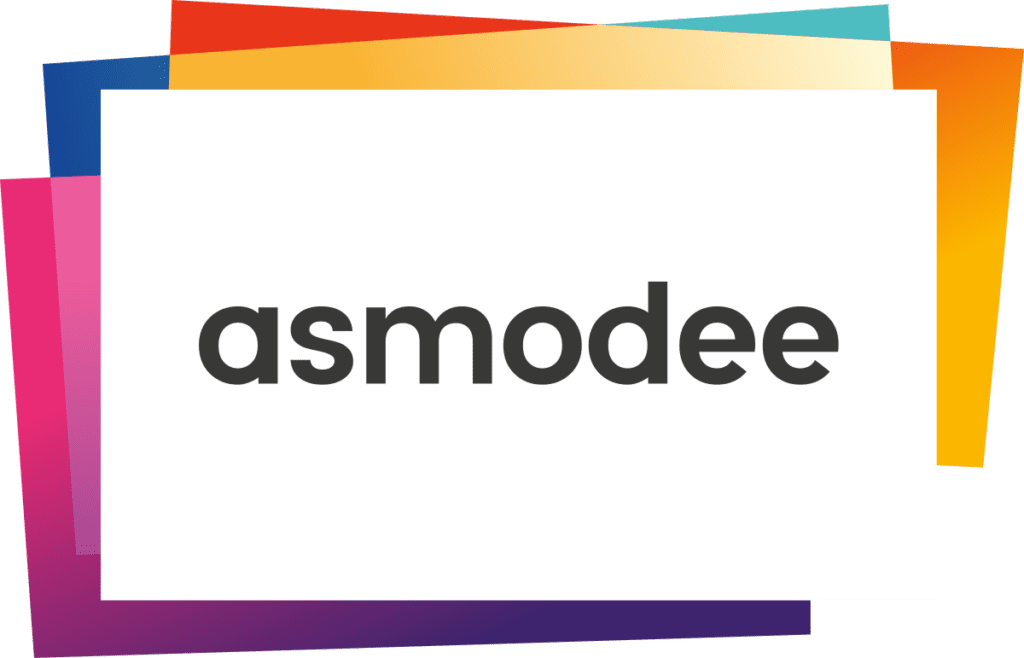Embracer Group, a prominent player in the gaming industry, is undergoing a significant transformation. The parent company of Asmodee, a leading tabletop game publisher, has announced plans to split into three separate entities. However, this restructuring comes with notable financial implications, including the burden of debt and the reshaping of Asmodee’s future. Let’s delve deeper into these crucial aspects.

Addressing Financial Obligations
Embracer Group’s decision to split into three new companies is accompanied by a strategic move to address existing debts. By securing a substantial loan against Asmodee’s assets, Embracer aims to restructure its financial obligations. However, this maneuver also means imposing a significant debt burden on Asmodee, amounting to €900 million.
Splitting Into Three Separate Entities
Despite the financial complexities, Embracer is forging ahead with its restructuring plan, creating three distinct entities:
- Asmodee Group: Asmodee will continue to serve as the cornerstone of Embracer’s tabletop gaming endeavors, encompassing a diverse portfolio of board games and intellectual properties.
- Coffee Stain & Friends: This new company will focus on the realm of video games, exploring both indie and premium game development across various platforms.
- Middle-earth Enterprises & Friends: With a primary emphasis on AAA game development and publishing for PC and console, this entity will also oversee iconic intellectual properties such as The Lord of the Rings and Tomb Raider.
Debt Burden and Financial Implications
While the restructuring offers potential benefits in terms of operational focus and strategic alignment, it also raises concerns about Asmodee’s financial stability. The €900 million debt incurred as part of the separation process presents a significant challenge for Asmodee, impacting its future financial performance and operational flexibility.
As Asmodee embarks on its journey as an independent entity, it must navigate the complexities of managing debt while sustaining its core business operations. The company’s leadership will play a crucial role in charting a path forward, balancing the demands of debt repayment with the pursuit of growth and innovation in the tabletop gaming market.
Conclusion
Embracer Group’s decision to split into three companies represents a strategic shift aimed at unlocking value and driving growth across its diversified portfolio. However, the process is not without its challenges, particularly concerning Asmodee’s financial health and long-term viability. As stakeholders observe the unfolding developments, the gaming industry awaits insights into how these changes will shape the future landscape of tabletop gaming and beyond.






